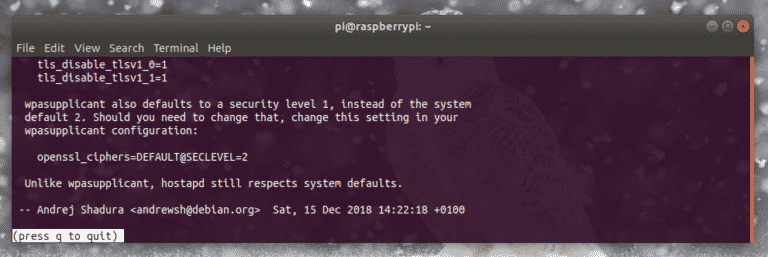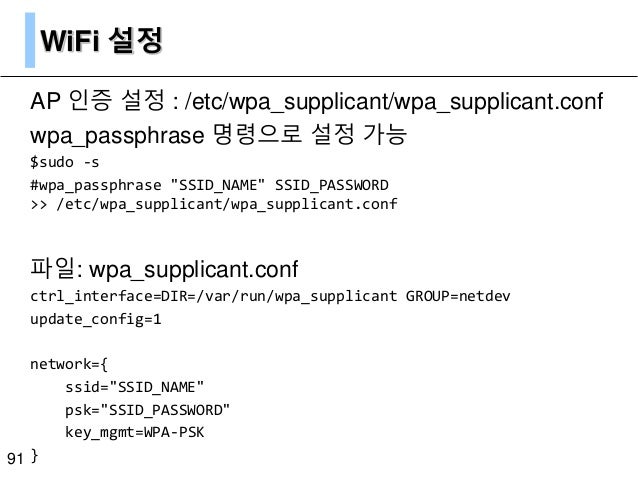

We dropped the drive into a spare SATA port and secured it with the included screws. For the review we chose a low cost 3.5-inch, 4TB drive. A few screws and we have the barebones built, but a NAS is nothing without drives. With the Pi installed, we then insert the SATA-to-USB 3.0 board, ensuring that the extended header near the front of the board connects to all of the pins. Otherwise, it prevents the Pi from slotting into place. We also need to remove the external back cover before inserting the Raspberry Pi. The board reminds us of those used in the Argon ONE and M.2. Inserting the Raspberry Pi 4 requires us to connect a board for HDMI and composite audio/video. The lower board is where our inverted Raspberry Pi 4 is connected via the GPIO, providing GPIO access via the external port.Ī flexible microSD cable connects the slot on the Raspberry Pi 4 to an external microSD slot.

Interestingly, this board has an extra, internal USB 3.0 which we can assume is used to connect an external USB drive. The Raspberry Pi 4 has a VLI VL805 USB 3.0 controller so our assumption is based on evidence. This SATA to USB 3.0 is powered by a VLI VL917 chip, and, while we can’t find a datasheet for this chip, we can make a firm assumption that this is a USB 3.0 to SATA bridge chip. The top most board being a larger SATA to USB 3.0 board, similar in concept to those used on Argon’s ONE M.2. Following the included instructions we removed three daughter boards. To get inside the Argon EON, we need to remove the two acrylic panels and then using the included screwdriver (something we have since coveted more so than our more expensive drivers) remove the back panel.


 0 kommentar(er)
0 kommentar(er)
